6 Common Violin Bow Strokes
Overwhelmed by all the violin bowing techniques?
Learn these basic violin bowing techniques and quickly master all:
When you learn to play the violin, you might come across countless different violin bowing technique names
The secret is that there are many terms for the same technique or just nuances of a certain technique
In this video I cover the 6 most comment violin bow strokes. If you learn these, you can play most repertoire and also quickly learn other techniques by making small adjustments:
Video content:
- 00:35 3 main types of violin bowing and 6 most important bow strokes
- 01:08 smooth violin bowing techniques: detaché, legato, portato
- 02:21 accented violin bowing techniques: martelé, staccato
- 03:04 jumping violin bowing techniques: spiccato, sautillé, flying spiccato, flying staccato, ricochet, jumping arpeggio
Essentially there are only three types of violin bowing:
Smooth violin bowing techniques: the default way of bowing where you play the notes in their full length and the bow stays on the string. The notes sound connected and sustained.
Accented violin bowing techniques: bow strokes not playing in their full length with some time in between them and/or starting with an accent. The notes are clearly separated.
Jumping violin bowing techniques: the bow leaves the string at the bow change. You make use of the natural jumping qualities of the bow and your hand follows.
We can play these three with one note per bow stroke or several notes per bow stroke
This gives us six main bowing techniques. If you learn these, you’re all set!
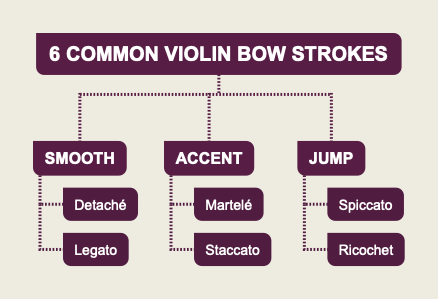
Psst… are you a real violin bowing nerd? Then check out my FULL video with ALL 102 violin bowing techniques and terms. They all come with sheet music symbols and examples.

Detaché: Default Bow Stroke
A simple detaché is the default way of bowing. There are no special markings in the sheet music. You play one bow stroke for each note, play the notes in their full length and make seamless bow changes.
Detaché can take many shapes and forms: from long notes with a feel and deep sound to clearly articulated fast runs.
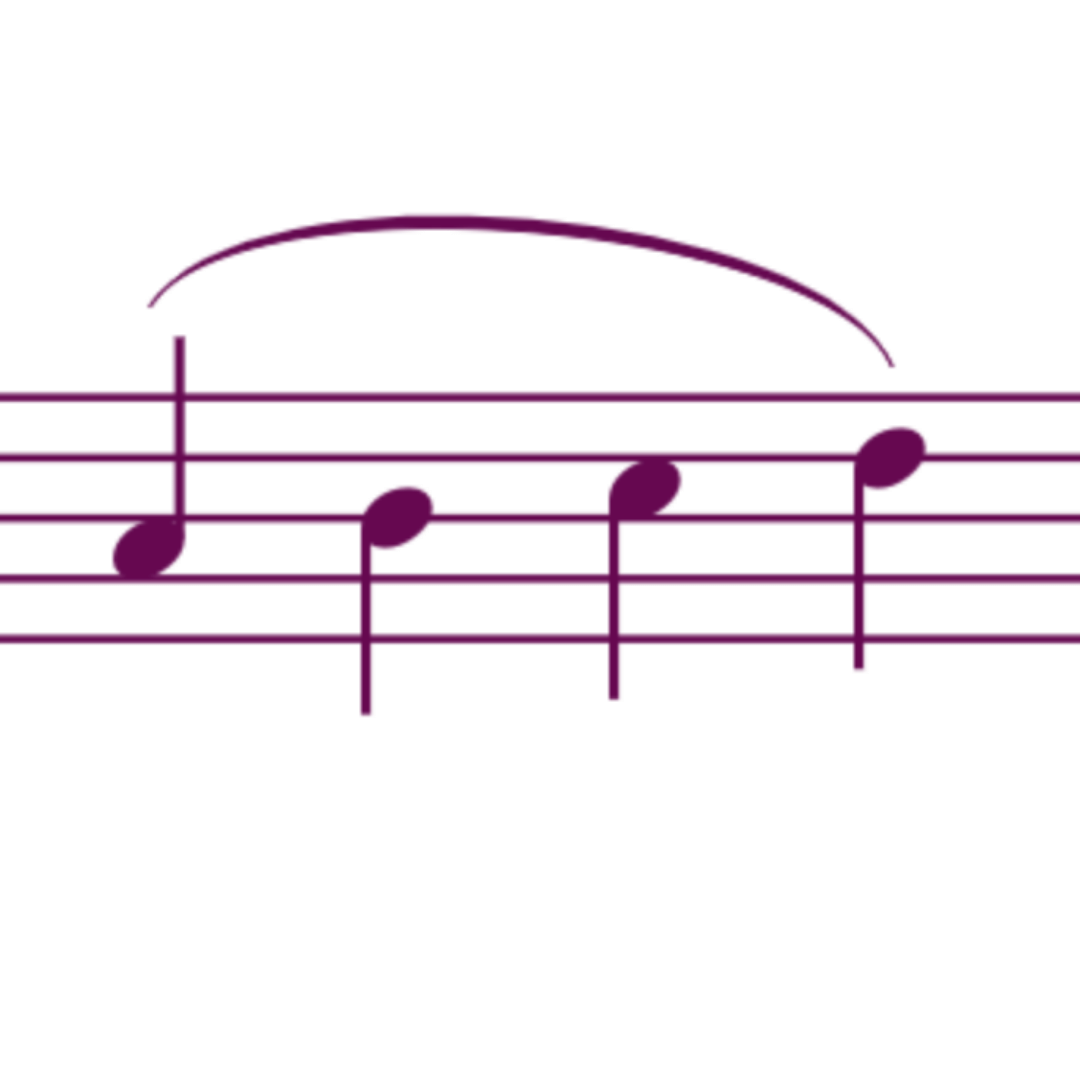
Legato bowing
As a bowing technique legato refers to playing multiple notes on one smooth bow stroke. You hear fluent transitions between the notes. In sheet music you see a slur above the notes.
When you play several of the same notes on one bow stroke, but separated by a very subtle stop, this is called portato or louré. It’s something in between detaché and legato.

Martelé
In the accented martelé we catch the string by putting pressure on the bow with the index finger. In the beginning of the bow stroke we release this and let the bow travel. This creates a bow stroke that starts with a ‘click’ or a ‘bite’ and ends almost silent. This is the standard most well known type of martelé.
You can change the sound by making the accent more pronounced (accented martelé), less pronounced (marcato) or by sustaining the sound throughout the bow stroke (sustained martelé).
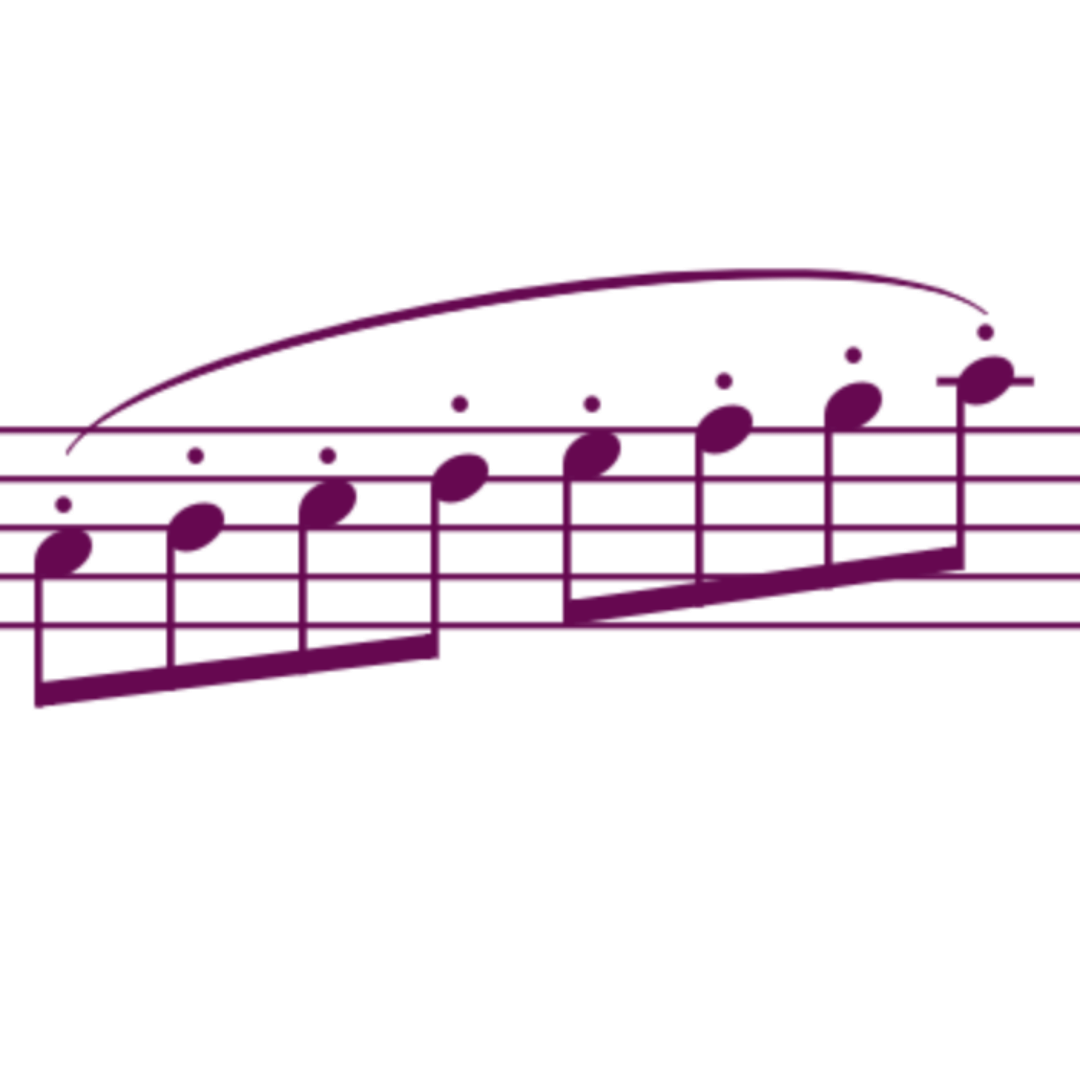
Staccato
Staccato simply means that the notes are separated and not played in their full length. On the violin this means that you stop the bow between the notes. Usually staccato refers to several of those notes on one bow stroke. We call this up-bow, slurred or linked staccato.
Fast up-bow staccato runs can be very spectacular.
The bow doesn’t leave the string (otherwise it’s called flying staccato). The index finger makes inflections to articulate and separate the notes.
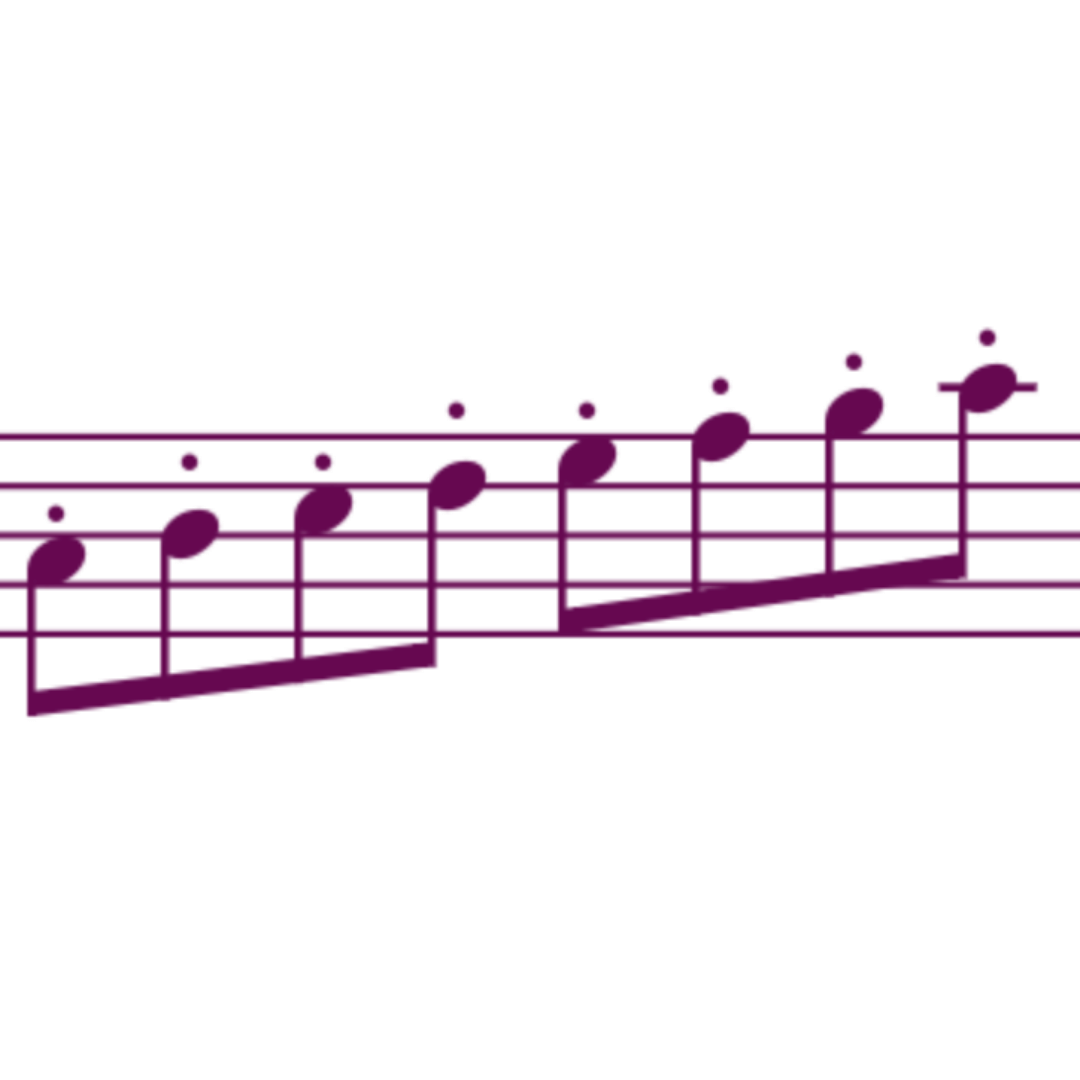
Spiccato bowing technique
Spiccato is a semi-passive bow technique, in which you work with the energy of the violin bow. The finger action gives an impulse and the bow bounces on it’s own. The bow is off the string at the bow changes. This works best at the balance point of the bow or a bit above depending on the tempo.
In a fast tempo, the bow fully bounces it it’s own and we call it sautillé. This is executed in the middle of the bow.
Two or more spiccato bow strokes all played up-bow on one spot of the bow is called flying spiccato. If you play multiple spiccato notes in the same direction, but let the bow travel, this is called flying staccato.
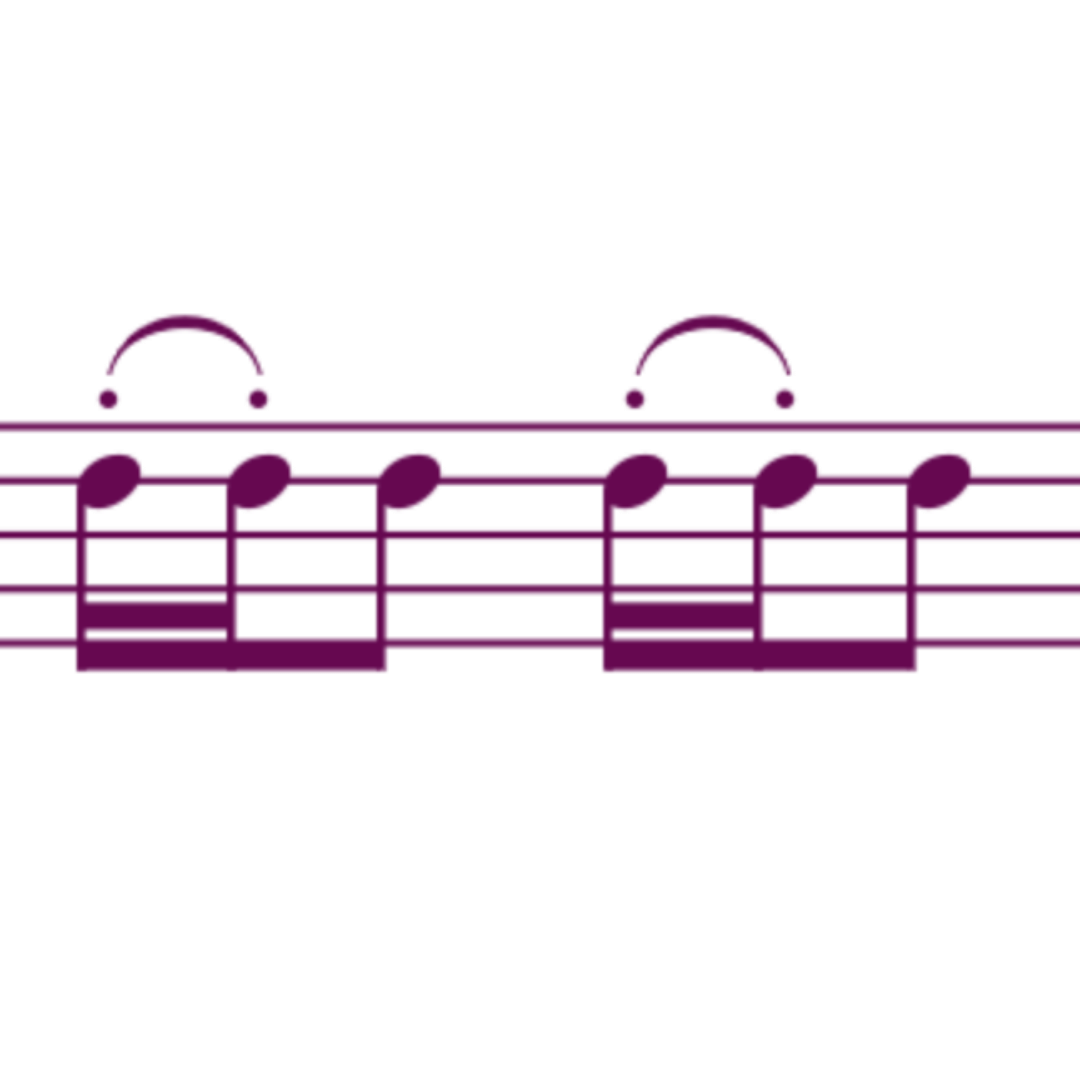
Ricochet bowing technique
Italian: Saltato or saltando
After one impulse, the bow can bounce from two to perhaps twenty times. This is a passive bow stroke usually performed on a down-bow. The pressure of the index finger and height of the bounce can determine the tempo.
When this is executed on an arpeggio over three or four strings, we call it jumping arpeggio.
When multiple jumping bow strokes are played on an up-bow, you need some more impulse from the bow hand. We call this flying staccato.

Hi Zlata,
JUST discovered your incredible online resources yesterday, and skimmed through many of your offerings! As a 78-year-old perpetual “intermediate” violinist who laid her instrument aside for 45 years along the way, I am delighted to discover the focus and detail of your approach. Several mysteries have already been solved, and I look forward to gradually implementing your corrective techniques as I move toward the edge of my personal Plateau! Your personal warmth and friendly demeanor are very encouraging, as are the glimpses into your life as a musician and mother. Incorporating video clips of various professionals to demonstrate bowing techniques was a fabulous idea. Thanks so much for enriching one more person’s life way over here in California!
Wow, so happy to read that, Andrea, you’re most welcome!
Great . Thanks .
You’re welcome, Yona!